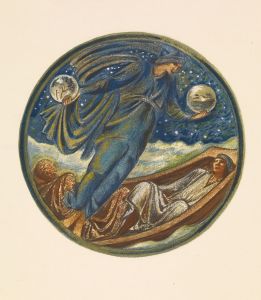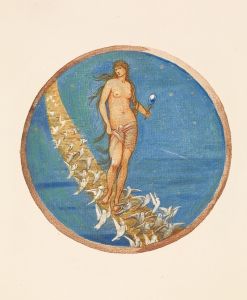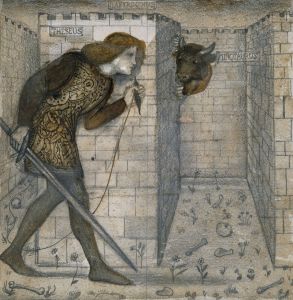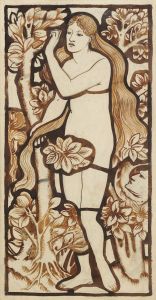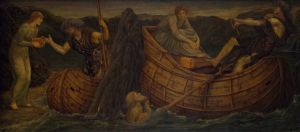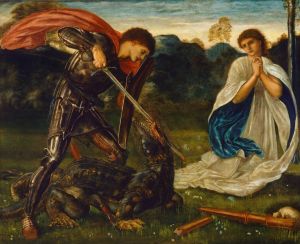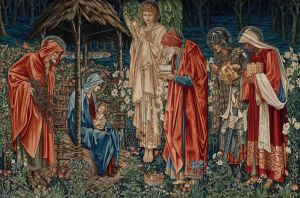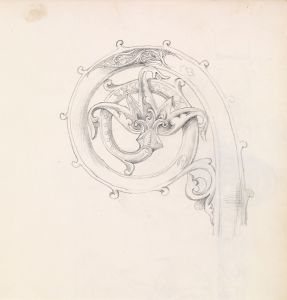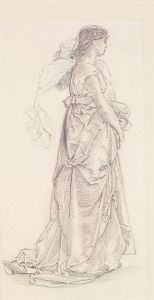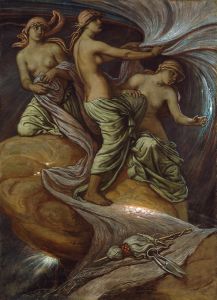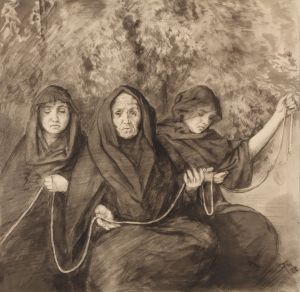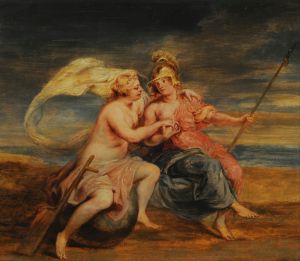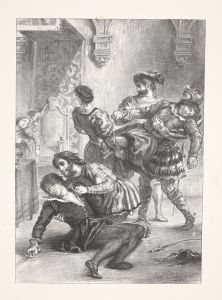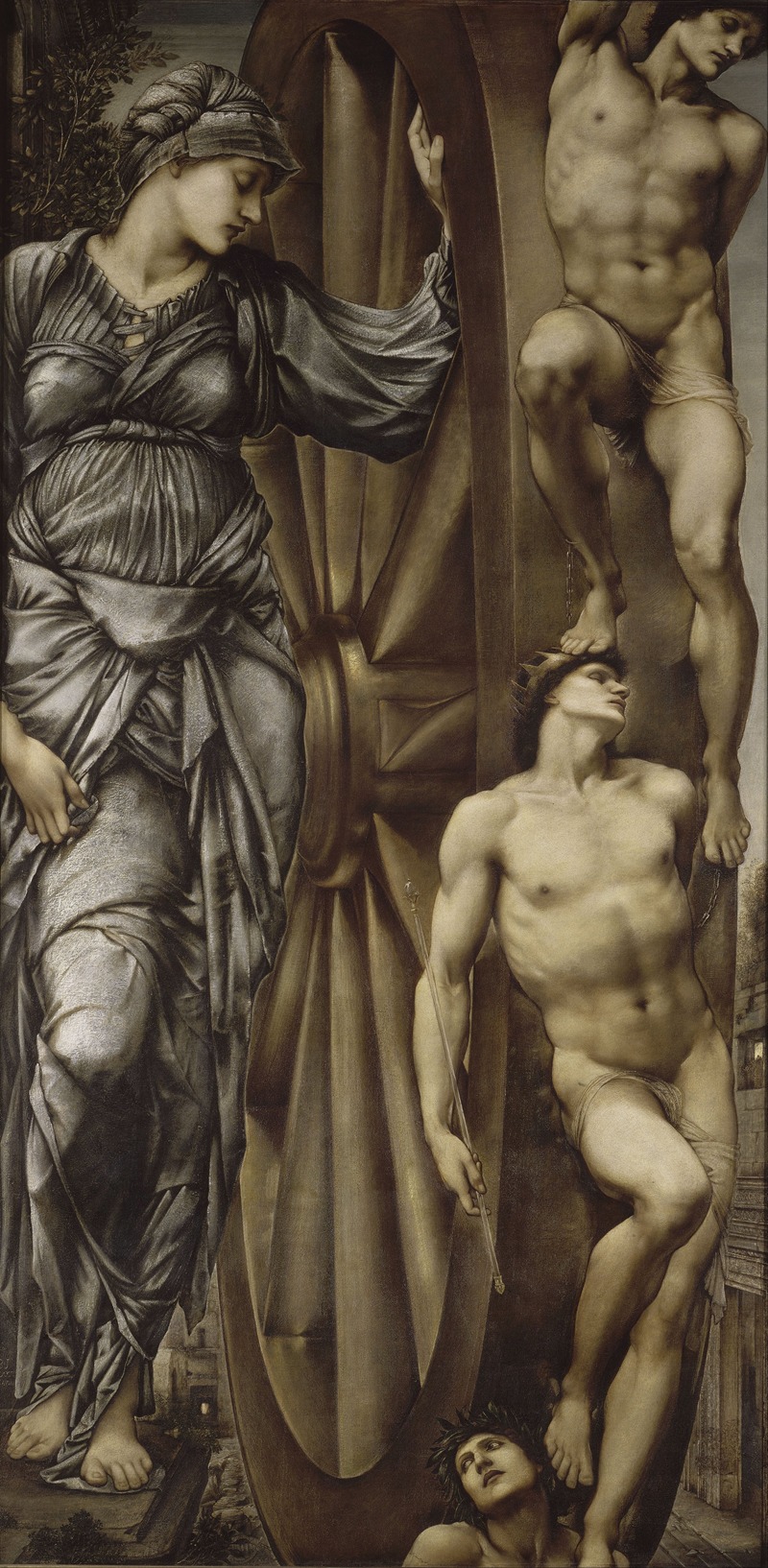
The Wheel of Fortune
A hand-painted replica of Sir Edward Coley Burne-Jones’s masterpiece The Wheel of Fortune, meticulously crafted by professional artists to capture the true essence of the original. Each piece is created with museum-quality canvas and rare mineral pigments, carefully painted by experienced artists with delicate brushstrokes and rich, layered colors to perfectly recreate the texture of the original artwork. Unlike machine-printed reproductions, this hand-painted version brings the painting to life, infused with the artist’s emotions and skill in every stroke. Whether for personal collection or home decoration, it instantly elevates the artistic atmosphere of any space.
The Wheel of Fortune is a painting by the British artist Sir Edward Coley Burne-Jones, completed in 1883. Burne-Jones was a prominent figure in the Pre-Raphaelite movement, which sought to revive the detail, color, and complexity of early Renaissance art. This work is one of his most well-known allegorical paintings and reflects his interest in themes of fate, destiny, and the cyclical nature of life.
The painting depicts the Roman goddess Fortuna, the personification of fortune and luck, standing atop a large, rotating wheel. Fortuna is shown as a powerful and impassive figure, emphasizing her control over the fates of individuals. She is dressed in flowing robes and holds the wheel with both hands, symbolizing her role in determining the rise and fall of human fortunes. The wheel itself is a traditional symbol of the unpredictable nature of fate, a concept that has been explored in art and literature for centuries.
Three male figures are attached to the wheel, representing different stages of fortune. One man is rising, another is at the top, and the third is descending, illustrating the transient and often uncontrollable nature of human success and failure. The figures are depicted with a sense of realism and emotional depth, characteristic of Burne-Jones's style. Their expressions and postures convey resignation and helplessness, reinforcing the idea that human lives are subject to forces beyond their control.
The composition of the painting is carefully balanced, with the vertical figure of Fortuna dominating the scene. The muted color palette and intricate details are typical of Burne-Jones's work, reflecting his meticulous approach to painting. The background is relatively simple, drawing attention to the central figures and the allegorical message of the piece.
The Wheel of Fortune was created during a period when Burne-Jones was exploring themes of mythology and allegory, often drawing inspiration from classical and medieval sources. The painting reflects his fascination with the interplay between human agency and the forces of destiny, a recurring theme in his oeuvre.
Today, the painting is housed in the Musée d'Orsay in Paris, France. It remains a significant example of Burne-Jones's artistic vision and his contribution to the Pre-Raphaelite movement. The work continues to be admired for its symbolic depth, technical skill, and timeless exploration of the human condition.





